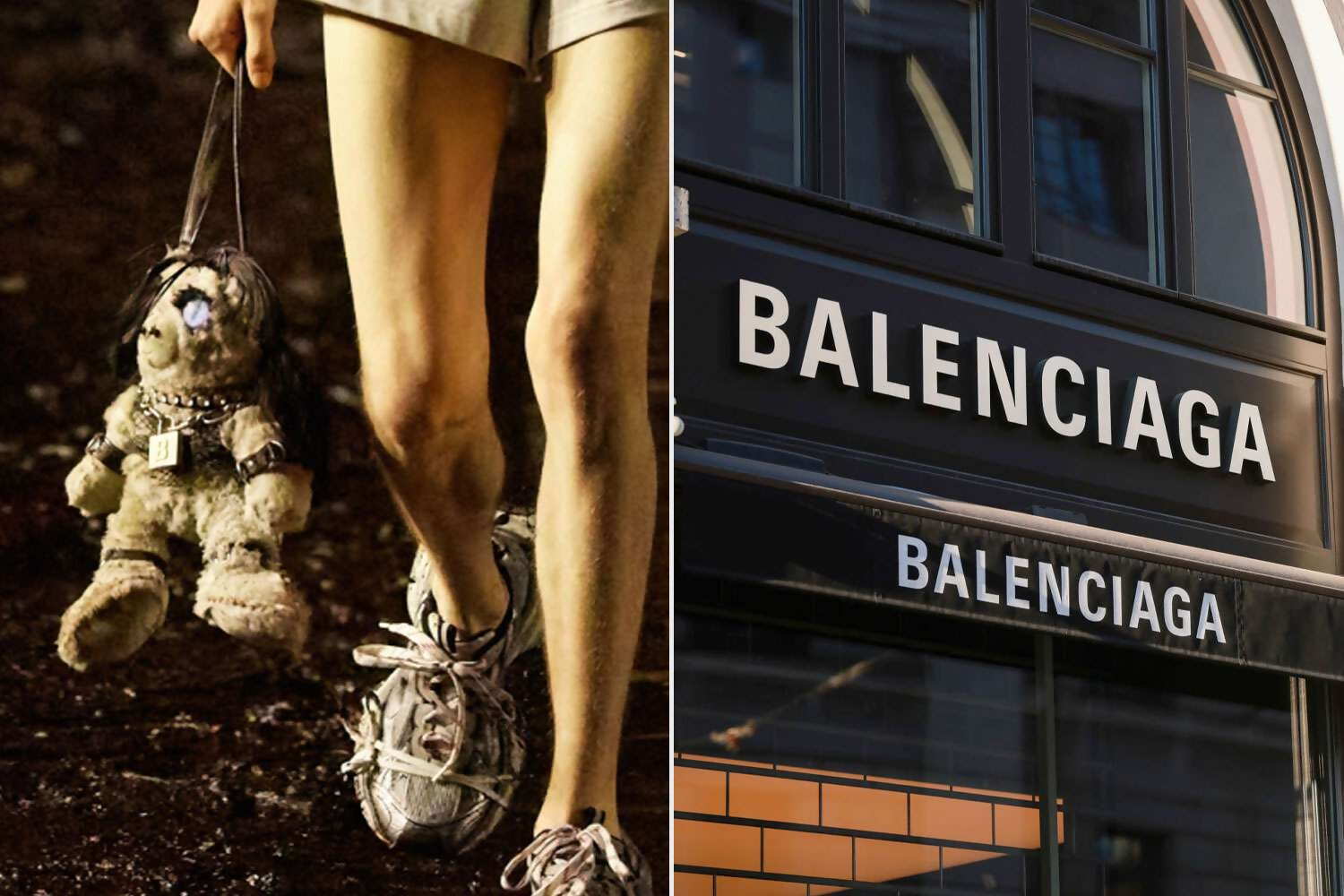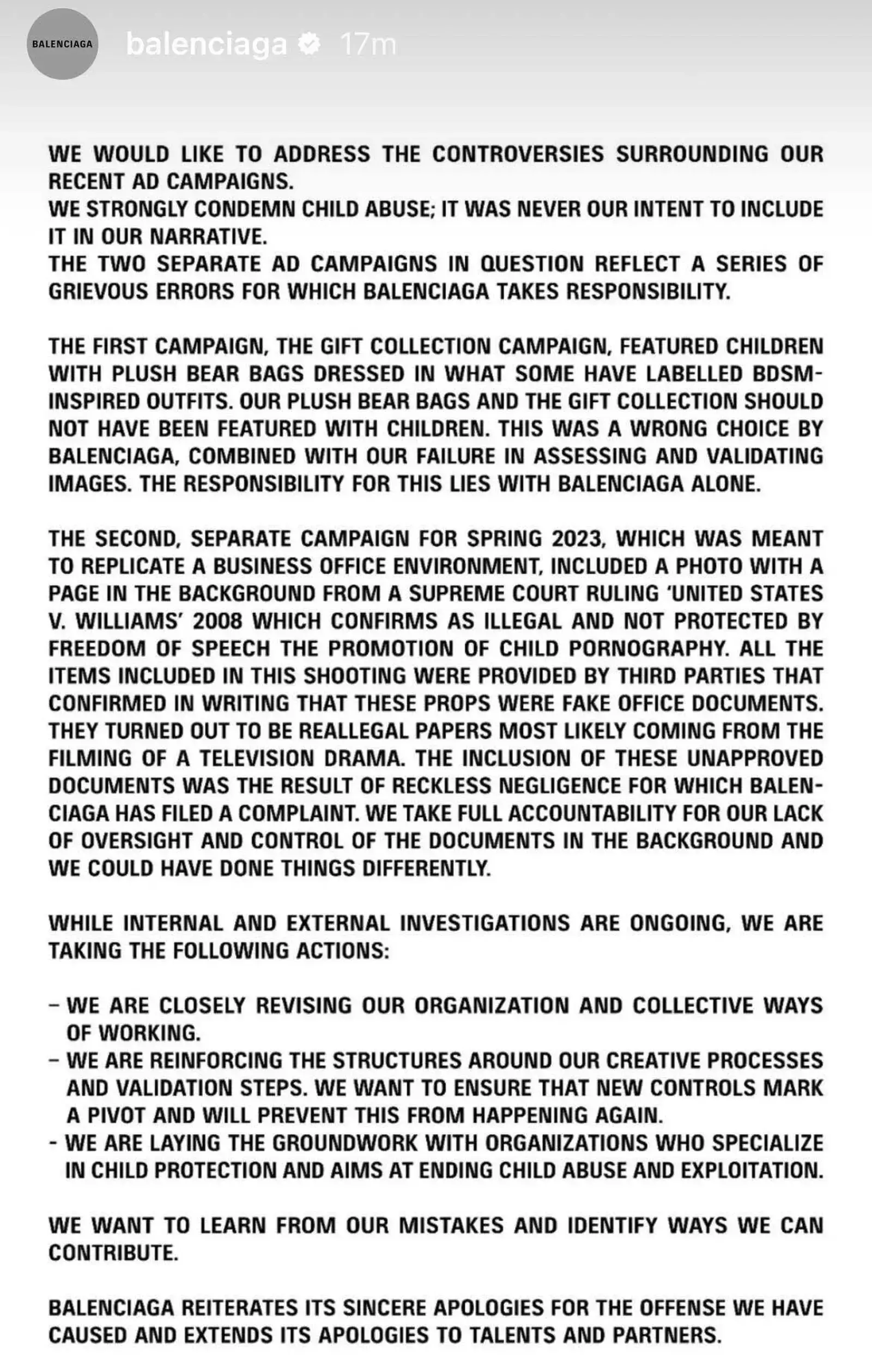
The word ‘evil’ has made a comeback in recent years. According to Google’s word metric, use of the term began to dip around the mid-nineteenth century, hitting an all-time low in the middle of the twentieth. Given that the idea of evil is so tied to Christian thought, this seems about right – the period 1850-1950 saw the gradual tailing off of church worship in the western world. But it’s been on the rise again since the start of the twenty-first century – which may seem like a more surprising trend in what we often think of as our secular age.
The narrative of the death of religion and the rise of secularism may be up for debate, but the question remains: why this resurgence of evil all of a sudden? Is it because there simply is more evil in the world today? Perhaps. Then again, nastiness was never in short supply in the twentieth century – let’s not forget that during the rise and fall of Hitler, the word remained pretty much at rock bottom. So why all this rhetoric of evil now?
This week’s shocking and bizarre stories about Balenciaga have elicited numerous cries of ‘evil!’ across Twitter and the media. Fox News reporter Lisa Boothe called Balenciaga evil on national television, while Oli London, the British internet personality who self-identifies as Korean, tweeted: ‘Balenciaga is Run by Child Groomers They have been trying to Normalise ‘Sexualisation’ of minors. Balenciaga are Evil!’
I have been quiet for the past few days, not because I haven’t been disgusted and outraged by the recent Balenciaga campaigns, but because I wanted an opportunity to speak to their team to understand for myself how this could have happened.
— Kim Kardashian (@KimKardashian) November 27, 2022
For anyone not up to scratch with the story so far, it goes like this: Balenciaga released an ad campaign that involved children dressed in Balenciaga, who were playing with plush teddy bears dressed in – bondage. Yes, that’s right, the teddy bears (which were actually handbags for grownups from Balenciaga’s AW ’23 collection) were wearing studded leather chokers, fishnets, harnesses, chains, the lot. And as if that wasn’t weird enough, people started noticing other bizarre details in the campaign. Like, for example, a roll of Balenciaga-branded packaging tape casually lying on the floor of a child’s bedroom. A seemingly inconspicuous detail, on closer inspection, it appeared as though Balenciaga had been misspelt with two ‘A’s so that all you could see was the word BAAL. Could this really be a reference to Baal, the ancient Canaanite God who, as some scholars believe, demanded child sacrifice?
And then more started bubbling to the surface. Like Balenciaga’s recent photoshoot for a collaboration with Adidas, in which a handbag was seen resting on some papers, amongst which could be glimpsed a page from a 2008 Supreme Court case on child pornography. Needless to say, Balenciaga quickly pulled both campaigns and issued an apology – which shifted the blame onto the production company responsible for the shoot. Their Spring Summer 2023 campaign remains on YouTube, though, featuring grim-looking female models traipsing through mud, their faces covered in bruises. Ok, so the sexualisation of children is a bridge too far – but the abuse of women? Fair game!
The final piece of the puzzle came when one Twitter user revealed ‘WHO is REALLY behind the #Balenciaga ads: The Devil In Disguise: Lotta Volkova’. According to @curioslight, Volkova has ‘been one of the main stylist in Balenciaga since 2014 [sic.]’ and ‘has a relationship with an accused pedophile [sic.]’. Volkova quickly set her Instagram to private, but not before a number of people (including London) screen-shotted her feed, which was full of strange photos of devil worship, more sexualised children, and other violent and bloody images. What the hell is going on?
On a couple of Twitter threads, including one started by former UFC/MMA fighter Jake Shields, an image of the artist Marina Abramovich appeared, dressed in red and holding a goat skull. ‘This is Marina Abramovich’, Shields writes, ‘celebrity performance artist for the elites such as John Podesta and Hillary Clinton’. Then I found Andrew Tate calling the Balenciaga ad campaign an opportunity for the brand to reveal their paedophile ‘religion’. And then I found references to Jeffrey Epstein, to Pizzagate, to cannibalism, cabals, and other Jewish deities. This was all beginning to sound a little too QAnon.
Spend enough time on Twitter (which is only about 20 minutes), and it’s easy to become convinced that the devil is in our midst. The internet may have expedited this process, but it goes back far enough – something similar was going on with the witch trials in Salem in 1692. Throw the two ad campaigns, Volkova’s weird Instagram feed, and the appearance of a child-eating deity into the mix, and it certainly looks like a watertight case. But wait, because it’s not that simple.
First of all, the two campaigns are unrelated – it’s a horrible coincidence, yes, but perhaps nothing more. Volkova? She stopped working for the brand five years ago, and most of the information about her (including her relationship with ‘an accused paedophile’) has no basis in truth beyond the Twitter sphere. As for Baal, the links to child sacrifice remain debated amongst Canaanite scholars (though it appears to be treated as gospel among many Twitter users).
In response to the controversy, Balenciaga quickly condemned the photoshoot and moved to assert its support for children’s safety and wellbeing. In a statement, it expressed the following:

Balenciaga’s statement on their official Instagram account
At first glance, it may all hang together as a neat and infallible narrative, but scratch the surface, and it’s little more than a house of cards. More than that, it’s a trumped-up fairytale that distracts from the real horror: the way that luxury brands exploit vulnerable groups simply to produce shock advertising campaigns.
I don’t know why the word ‘evil’ has come back into vogue. The reasons must be many and varied, but it does seem to speak to our increasingly polarised society. We like to think in terms of good and bad, black and white when in reality the world is painted in so many shades of grey. Balenciaga’s provocative campaigns – including their SS23 runway full of battered women – were grossly misjudged and offensive, and the brand must face serious consequences. But are they Evil with a capital E? I’m not buying it.


